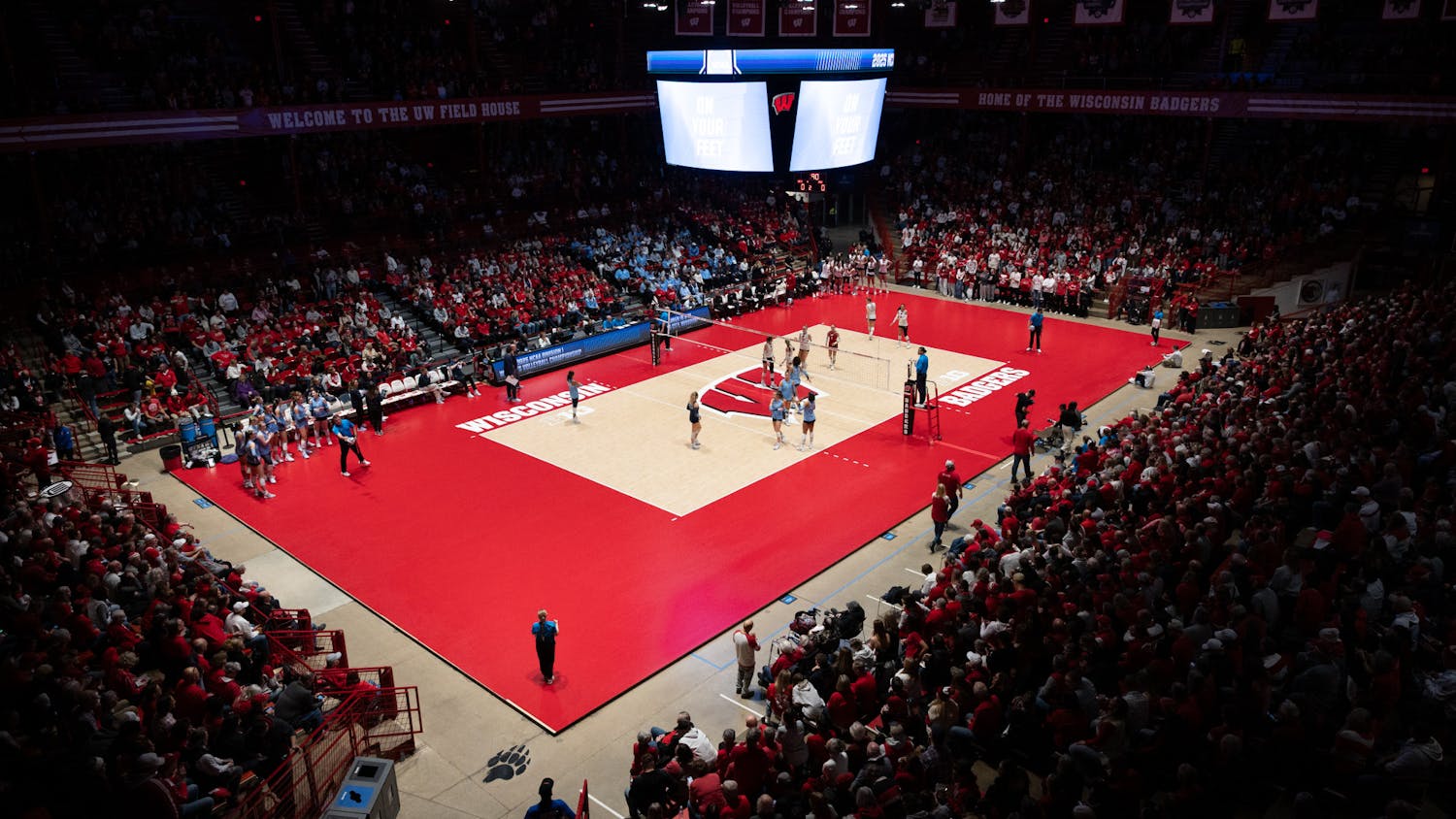When the final buzzer sounded and the Badgers fell just one win short of immortality, basketball fans around the country were distraught. Even as the favorite going into the game, impartial fans were cheering almost exclusively for Wisconsin. But why?
One of the biggest debates in college basketball—really in college sports in general—is recruiting. As great as it is for schools to load up on the best players in the country and win championships every year, fans don’t want to see that. It’s fun to root for the underdog, even if the “underdog” is a great team that built its success on the backs of players average fans never heard of.
Duke is a perennial contender and, with all due respect to Mike Krzyzewski, it isn’t only because they have a great system. Year after year, they bring in phenomenal recruits from around the country, almost all of whom are NBA-bound. This was evident enough in the championship game, when all of Duke’s 37 second-half points came from freshmen.
Wisconsin couldn’t be more different in this area. Of the guys in the nine-man rotation for the Badgers, just two (Sam Dekker and Bronson Koenig) were rated higher than three-star recruits according to 247Composite ratings. Duke’s nine leading scorers were all at least four-star recruits, and four of them were five-stars.
In terms of recruiting, the Badgers might have faced the toughest possible road to the championship this year. North Carolina, Arizona, Kentucky and Duke are four of the best recruiting schools in the nation.
In fact, since 2005, one of those schools has been either No. 1 or No. 2 in 247Sports’ recruiting class rankings every single year. In five of those years (2006, 2009, 2011, 2012 and 2014), this group has occupied both the No. 1 and the No. 2 spot, and in 2014, Duke, Kentucky and North Carolina took the three top spots.
The highest Wisconsin has been ranked in that time period was 22nd in 2006, led by four-star recruits Trévon Hughes and Jason Bohannon.
Although they eventually fell in the championship game, the Badgers proved that good coaching and a good system can win games, even against more highly touted players.
Frank Kaminsky made an even better case toward this point, going from three-star recruit to Wooden Award winner. His four main competitors (Jahlil Okafor, Karl-Anthony Towns, D’Angelo Russell and Jerian Grant) were all ranked nationally coming out of high school, while Kaminsky was not. His only real competitor, Jahlil Okafor, was the consensus top recruit nationally this year, while Kaminsky wasn’t ranked in the Top 200.
So how much does recruiting even matter? To put it simply, quite a bit. We looked back at KenPom ratings starting with the 2005-’06 season and came up with a cumulative Top 25 for the past decade. Teams that made this Top 25 accounted for 75 percent of 247Sports’ Top 10 recruiting classes over that 10-year span. That’s an overwhelming correlation between recruiting success and success on the court.
We then examined the Top 10 KenPom teams—Kansas, Duke, Wisconsin, Louisville, Ohio State, North Carolina, Kentucky, Florida, Michigan State and Memphis—in depth to see how reliant they were on highly touted recruits. We evaluated this by looking at each team’s top five players in terms of percentage of minutes played, then multiplied each percentage by that player’s recruitment rating out of high school and totalled them to come up with a so-called “team star rating.”
As an example, a three-star recruit who played 50 percent of his team’s minutes would have an individual star rating of 1.5. A player’s 247 Composite rating was used whenever possible. Rivals was used as a backup if information could not be found, which was sometimes the case with earlier years in our research.
Among those 10 teams, Wisconsin ranked ninth in average star rating over the past decade at 12.3, ahead of only Louisville which finished with 11.5. Duke led the pack by a sizable margin at 16.2, and the gap between the Blue Devils and second-place Ohio State at 15.1 was larger than the gap between the Buckeyes and sixth-place Kansas.
Kentucky’s 2012 season produced the highest star rating among championship teams of the past decade with an astounding 18.6. This was the second-highest mark in our research aside from 2006 Duke’s 18.8, a team which ended up losing in the Sweet 16 to Final Four-bound LSU.
Louisville’s title run in 2013 featured the lowest team star rating (12.1) among champions in our research of the Top 10 teams. Despite being the tournament’s No. 1 overall seed, the Cardinals relied heavily on reserve forward Luke Hancock, a two-star recruit whose own star rating that season was the second-lowest among the 500 individual seasons we examined. Hancock was named the tourney’s Most Outstanding Player for his efforts, the first non-starter to do so.
Even though there will always be exceptions like Hancock, strong recruiting will always be a key factor in sustained on-court success. It’s no coincidence that Wisconsin’s best team star rating of the last decade was this past season. For the Badgers to maintain their elite status, they will have to break the mold of their traditional recruiting base and bring in as much top-flight talent as possible.






